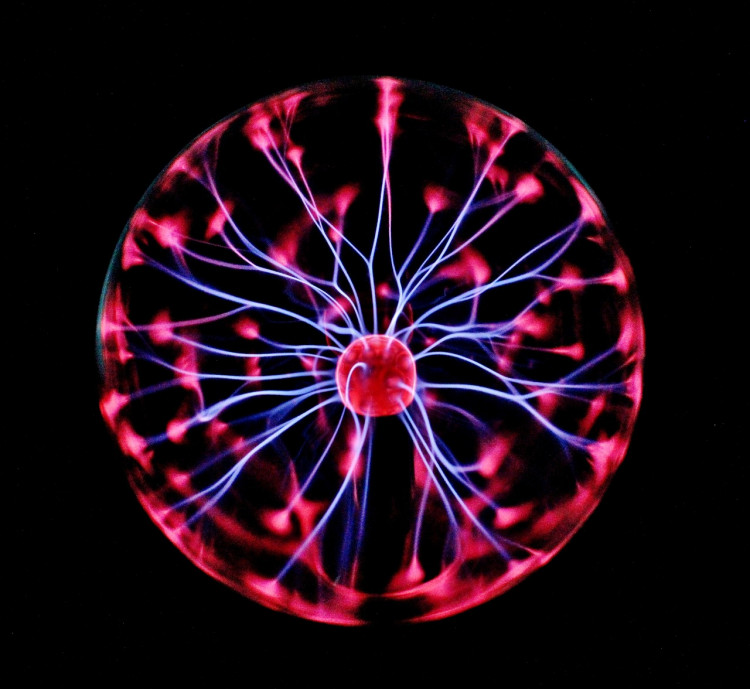In a groundbreaking stride towards harnessing nuclear fusion as a sustainable energy source, researchers have employed artificial intelligence (AI) to preempt and navigate one of the most significant hurdles in fusion reactors: plasma instabilities. The collaborative effort, led by a Princeton team alongside the U.S. Department of Energy's Princeton Plasma Physics Laboratory (PPPL), showcased the AI's prowess in real-time control of plasma within the tokamak, a key apparatus in fusion research.
Nuclear fusion, the process that powers stars, including our sun, offers the tantalizing prospect of abundant clean energy. It involves merging light atoms, such as hydrogen isotopes, under extreme conditions to form heavier atoms, releasing vast amounts of energy in the process. However, achieving and maintaining the requisite conditions for fusion on Earth presents formidable challenges, chiefly due to plasma instabilities. These instabilities can disrupt the magnetic confinement essential for sustaining the fusion reaction, effectively quenching the potential energy output.
The research team's focus was on a particular type of plasma instability known as tearing mode instabilities, which can create magnetic disruptions leading to plasma escape. "Tearing mode instabilities are one of the major causes of plasma disruption, and they will become even more prominent as we try to run fusion reactions at the high powers required to produce enough energy," explained Jaemin Seo, the first author of the study. The AI model developed by the team was trained using historical data from the DIII-D National Fusion Facility in San Diego to predict the onset of these instabilities up to 300 milliseconds in advance, affording sufficient time for corrective action to avert the instabilities.
This AI-driven approach represents a significant departure from traditional methods, which tend to react to instabilities rather than anticipate them. "Previous studies have generally focused on either suppressing or mitigating the effects of these tearing instabilities after they occur in the plasma," Seo added. "But our approach allows us to predict and avoid those instabilities before they ever appear."
Constructing an effective AI controller for a fusion reactor is akin to training a pilot with a sophisticated flight simulator, as described by co-author Azarakhsh Jalalvand. The AI underwent rigorous training through simulated experiments, learning optimal strategies to maintain high power while preventing instabilities. This proactive methodology could simplify the operation of fusion reactions compared to current passive strategies, according to SangKyeun Kim, a co-author of the study.
The successful deployment of the AI controller in actual fusion experiments at the DIII-D tokamak marks a promising proof-of-concept for AI's role in fusion research. However, the researchers are keen on gathering more evidence and expanding the controller's capabilities to handle various control problems simultaneously. This could potentially lead to a more universal solution applicable across different tokamaks and types of plasma instabilities.
Beyond immediate practical applications, the insights gained from the AI controller's decision-making processes could also enrich our understanding of plasma physics. By examining the AI's unconventional strategies for plasma containment, researchers may uncover new perspectives on the underlying physical phenomena governing fusion reactions.
This pioneering work, supported by the U.S. Department of Energy and the National Research Foundation of Korea, not only edges us closer to realizing fusion as a viable energy source but also highlights the symbiotic potential between AI and plasma physics in unraveling the complexities of creating a mini-sun on Earth.





